Remodeling Mistakes that All Homeowners Must Avoid

Whether you’re a first-time home owner or one that’s been around the block (get it?), we’ve all considered the opportunities and benefits that a remodel can bring. If you’re seeking drastic changes, a home addition may be in your future. Whatever the case, ensuring you receive the structural and appearance you’re striving for requires a budget, plan, and experienced skill to avoid dreaded remodeling mistakes.
Don’t let the job, large or small, fall by the wayside due to self or contractor negligence. Remodeling mistakes are time-consuming, costly, and possibly worse yet, incredibly stressful. Take as much time as needed to gather all required materials, resources, labor, permits, and expectations. There’s nothing worse than ending up with a horrendous remodel. Therefore, let us inform you of just a few considerations when you decide to alter your home. Feel free to skip over what’s not important but further research the pain points you need to tackle.
The First Step

To formally start, let’s get this major asterisk of construction and remodeling out of the way. Unless you’re doing the work yourself, never skimp on the contractor. According to Jonathan of HGTV’s Property Brothers, pull in three potential contractors to give you the best idea of who’s qualified, but also fair. By the end of each consultation, make sure you receive a written estimate from each. That way, you have a promise of their work.
Don’t Skimp on the Contractor

Jonathan acknowledges that the cheapest contractor will never provide you with the best work – “The lowest bid never equals the best job… Some give cheap quotes just to get the job, then tack things on or cut corners and install low-quality products.”
The Written Estimate
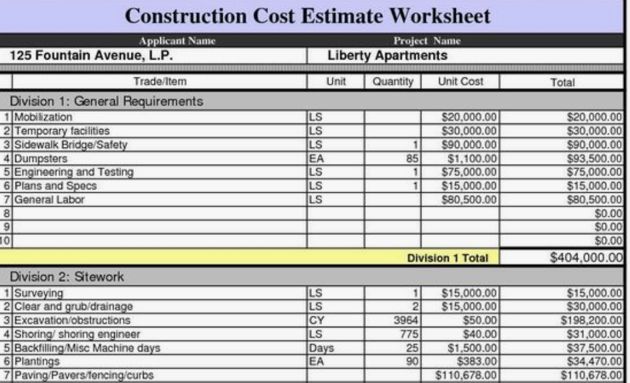
A written estimate received upon the completion of your construction job should easily and specifically break down the process for your consideration. Each estimate should include detailed building materials (with dimensions or number of units) and costs, permit(s) and insurance costs, waste removal plan, contractor(s) fees, warranty, and insights into plan-change alterations.
The “Other” Consideration

With a plan always comes a budget. Drew, the other half of the Property Brothers titular duo suggests the following when it comes to budget- “I always tell people to set aside 15% of the total project cost-even more for older homes-for unexpected expenses.”
A Realistic Budget

He continues… “Say you’re installing a backsplash- You might damage the wall and have to replace some of the drywall. Then you see inside the drywall and find electrical issues, and before you know it, you’re dealing with more than just a new backsplash.” Accidents and major redesigns happen. Never expect one budget to hold true the entire length of the project.
Mismeasuring Cabinets
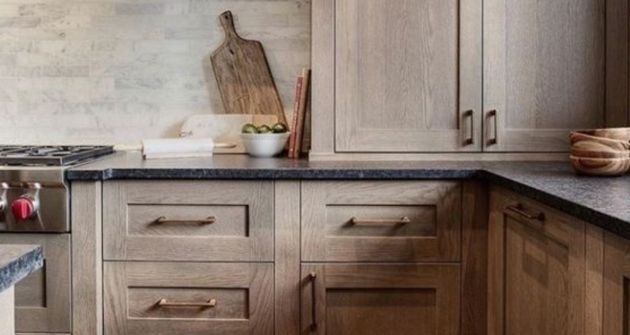
Moving on, let’s get into some real remodeling mishaps you need to be aware of. “People buy kitchen cabinets, have them installed, then realize their fridge doesn’t fit,” Jonathan mentions. In order to combat this, measure once, and then measure a second time. “We always say, ‘Measure 10 times and cut once.’ Print out specs for the appliances you’re using and compare them to the plans for the cabinets with the cabinet installer.”
Granite Countertops Aren’t Always The Answer
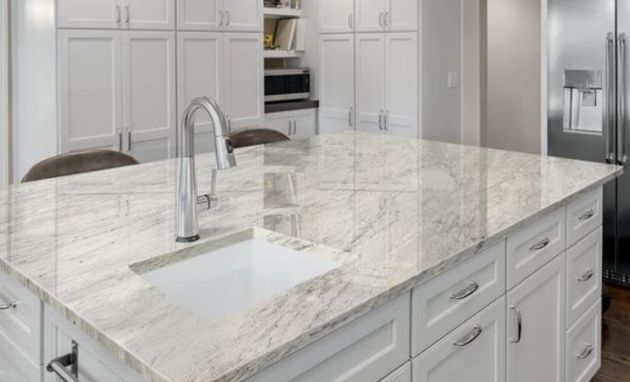
Granite may be the ideal choice for kitchen constructions and remodels, but it’s awfully expensive. Therefore, consider options like plate steel, butcher block, or even a pleasing yet durable laminate. “Choosing a different material for the countertops can save you more money than anything else in the kitchen.” Remember this.
Feel Free to Switch Things Up
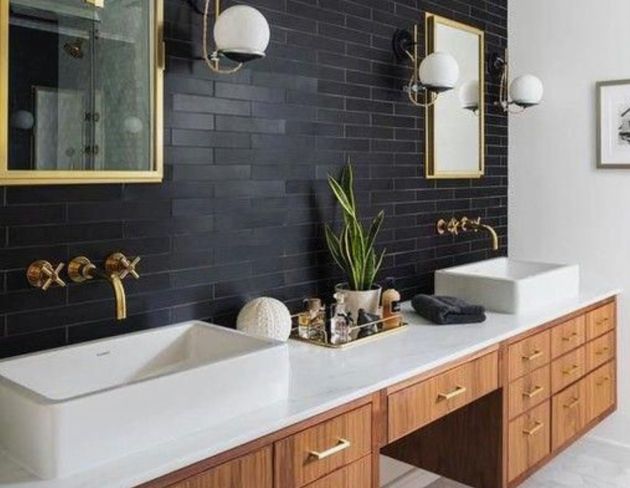
Jonathan coming in once again with a mistake that’s often overlooked. “Moving a toilet, shower, or sink isn’t really that difficult. Don’t live with an awkward bathroom just because you think it’s cost-prohibitive to reconfigure it.”
Another Bathroom Consideration
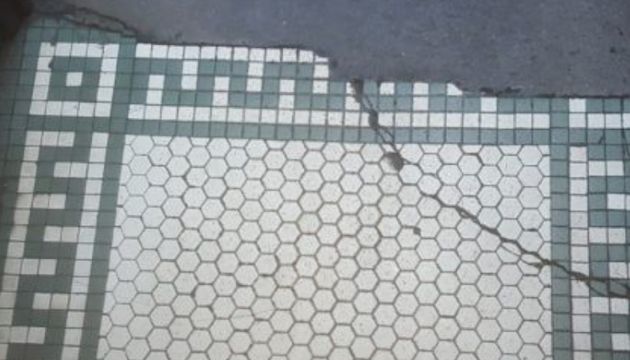
Depending on the room and budget, splurging may actually end up saving you money in the long run. Jonathan shared this tidbit. “For example, we always recommend a bathroom membrane system, which goes under tiles to prevent them from popping and cracking, and keeps water from getting into the substructure… I tell clients, ‘If you’re spending $15,000 on a bathroom, spend an extra $1,000 to guarantee you’ll never have a mold problem.'”
Forget the Trendsetting Kitchen
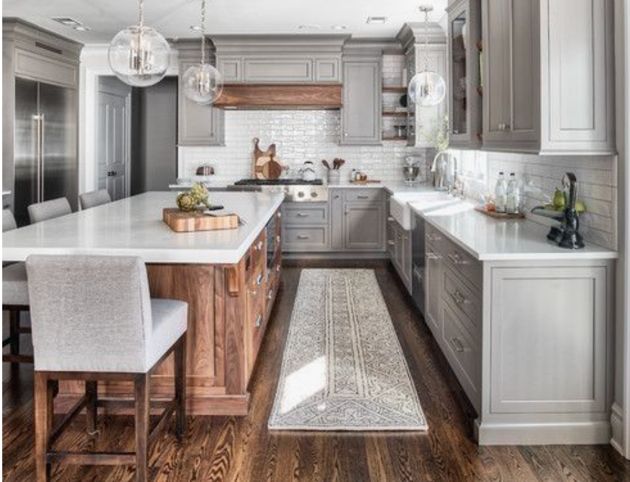
Trends, like annual seasons, come and go. What’s hot today… may not be hot next year. “The bolder your kitchen, the quicker it will go out of style, bringing down your home’s resale value” – Drew. Pick your favorite portions of your bold design and tone down the rest. Or, simply, go for the pleasant, neutral look.
That Kitchen Walkway
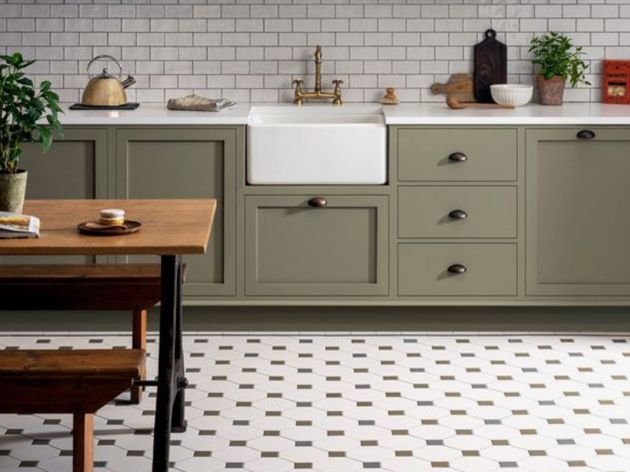
Just like the bold kitchen design consideration, the physical dimensions of your cooking space should heavily be considered as well. “If your space doesn’t allow for at least 36 inches of clearance between the island and the other cabinets, skip it.” A cramped kitchen will be a poor kitchen.
Don’t Feel Forced into Hardwood
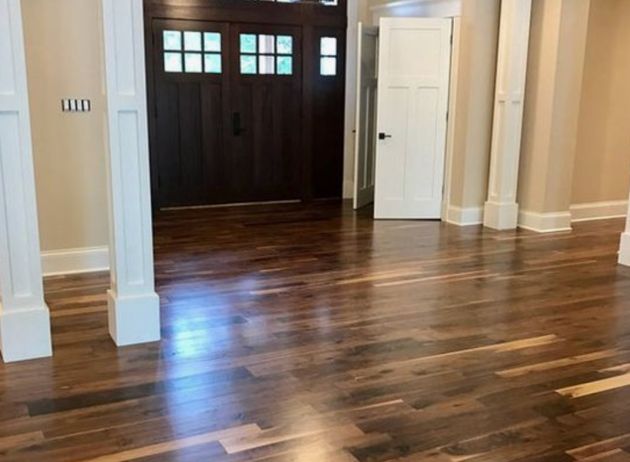
Drew is fully aware that hardwood floors aren’t for everyone. “Pets’ nails can damage hardwood very quickly, and kids mean more wear and tear too.” Instead, a single-laminate board is capable of providing the same elegant look, but in a much more durable package.
Excess Flooring
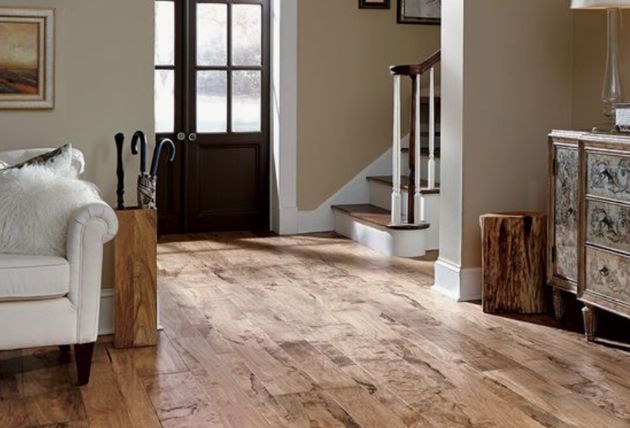
Just like your budget, ordering extra flooring during any install is basically an essential. “We typically buy 20% extra since flooring is prone to cuts and breakage during installation, and there’s no guarantee you’ll be able to find an exact match if you need to order more.”
Excess Flooring - Continued
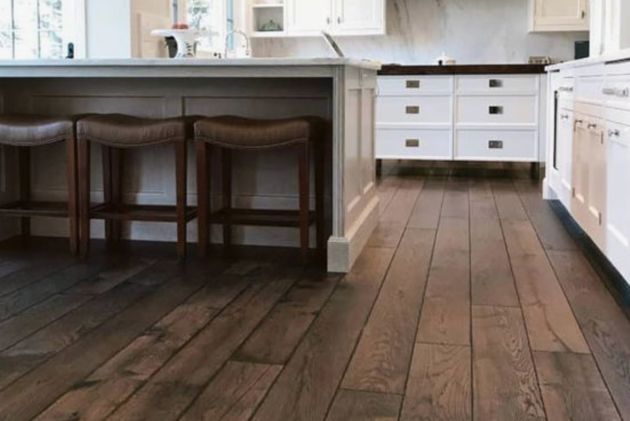
Jonathan asserts that major retailers will allow the purchaser to return unopened boxes of flooring for an easy refund. With this, there’s no harm in ordering extra, and returning the excess. Plus, having extra sitting around (given you have the space space) can help with replacements later down the road.
That Laundry Room Drain

Depending on which floor you keep your washing machine, you could be in a costly conundrum. “If the washing machine hose ever breaks, you’d flood your house. A floor drain directs the water into your home’s main drain system,” mentions Drew. If you don’t have a drain or don’t plan on one, please reconsider. If anything breaks or becomes loose, your drain will save the day… and your home.
Installing a Drain
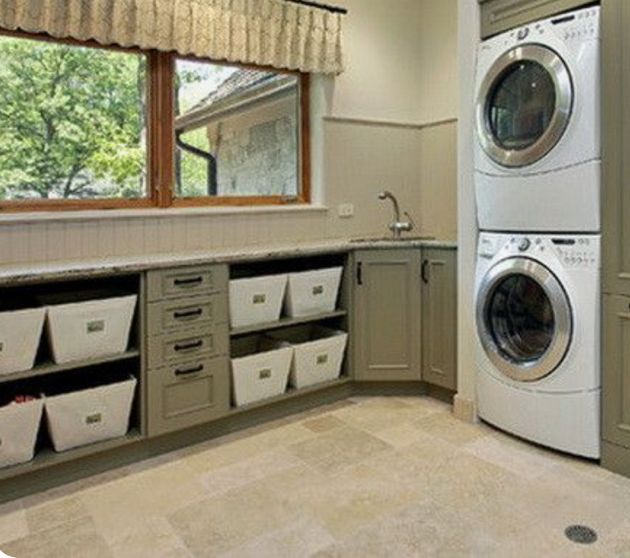
With the aforementioned need for a drain, don’t consider installing one yourself… unless you were a professional to start with. “If you install it incorrectly, you’ll have soap suds coming up in the kitchen sink or bathtub drain.”
Insulate, Insulate, Insulate
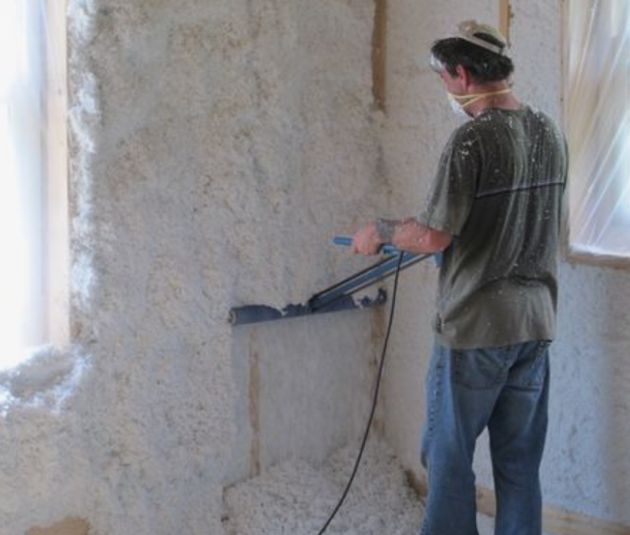
No matter what size or purpose a building may provide, there are minimal standards when it comes to insulating. That being said, don’t let your contractor or yourself skimp on the pink or yellow stuff. Sufficiently insulated buildings will result in a less expensive, warmer, and quieter inner space.
Correctly Sizing the HVAC

Short for “Heating, Ventilation, and Air Conditioning,” your HVAC needs to be appropriately sized for your home. A smaller system may have a lower upfront cost but its long-term operation may end up costing you more. Not only will this cost be financial, it will cause an uncomfortable hot or cold stress to your family and friends.
Incorrectly Installing Building Wrap
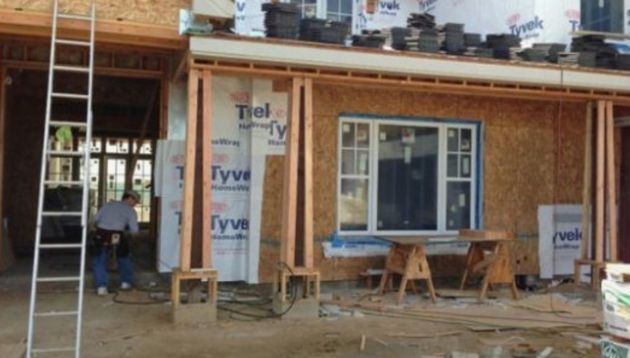
Before the final outer layer is placed, whether it be brick, wood, siding, or other, it’s important to honestly read the directions of the building wrap material. If applied hastily and without direction, your home may suffer from unknown drafts and potentially mold and mildew.
Updating the Incorrect Pain Points
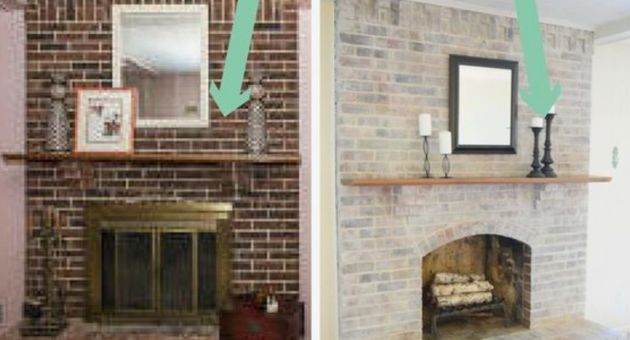
Whether you’re looking to create a modern/comfortable space or looking to spruce up the property for a sale, spending mindlessly on upgrades will get you no where. Research and focus on long-term value-added items – like storage! As a practical example, an updated porch or front walkway will mean nothing if the foyer looks dated.
Focus on the Light
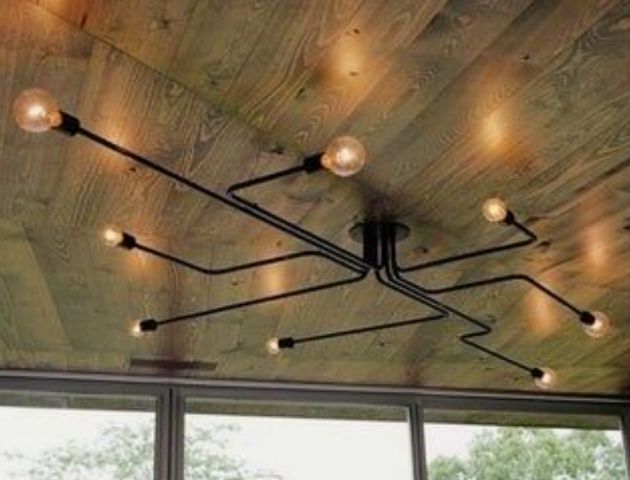
As much as a newly updated space may look great, it will only continue to look that way in the right light. Don’t ignore window or lighting updates to make your new space pop. A lighting specialist can help identify deficient areas, insist on installations, including new smart lights, to create a warm and well-lit home space.
Say No to Impulses
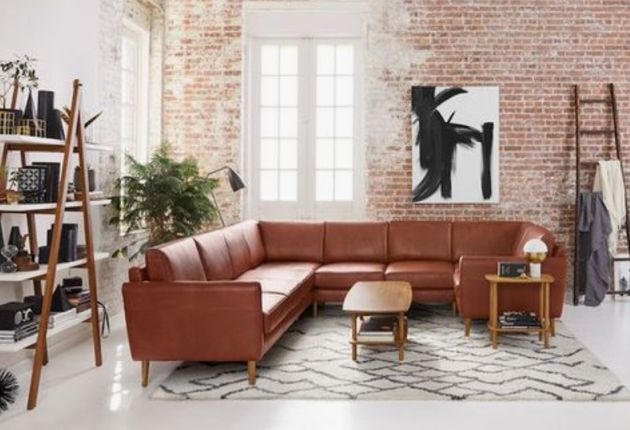
Specific features, looks, appliances, and everything in between may be calling your name, but don’t become distracted. This remodel requires concentration, leading to one cohesive look. Don’t purchase with ill-thoughts, hoping to piece everything together at the end of the day.
Low Quality Window Treatments
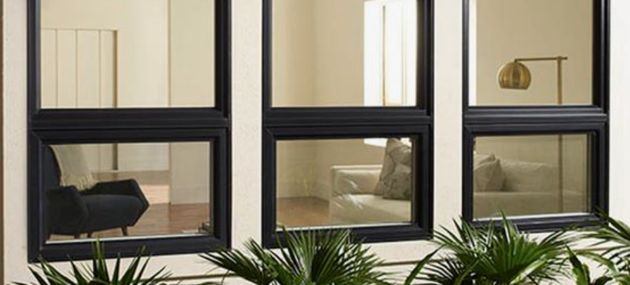
While some purchase items may be a one-time purchase, with virtually no maintenance, we still suggest you search for the high-quality window treatments your home, budget, and family deserve. Cheaper, low-quality windows will directly influence the comfort of your family and friends and negatively affect your utility bills.
Overlooking Door Way Entries
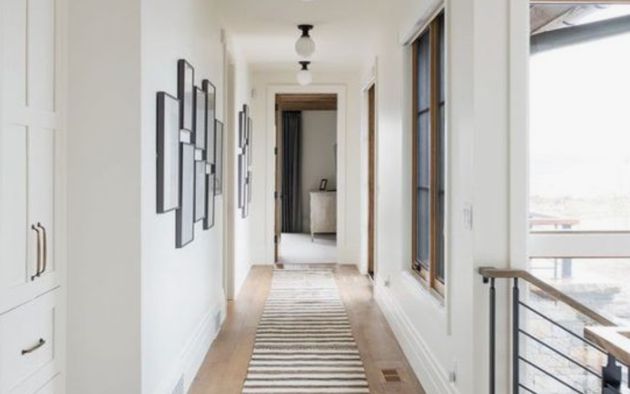
This one is short and sweet… are your doors, hallways, even windows to a degree, big enough to allow your furniture to be moved in. This is one may be so straightforward, it’s often overlooked. Stay vigilant.
Paint with Space in Mind

What we actually mean is “paint with your space in mind.” Each room and every wall need different paint… for different purposes! Matte paint is usually reserved for ceilings to absorb light and additionally make them recede into the corners of the room. Satin finishes on walls help scatter light, making any room feel larger. From room trim pieces, consider high or semi-gloss for easier cleaning.
More than just Appearance

During any remodel or new construction, any existing safety or structural damage, issues, and nuisances need to be addressed. If anything, these issues should be completed before anything new is started. Don’t let your updated rooms and structures fall by the wayside when these pesky, unfixed problems present themselves and ruin the completion.
Quick Links
